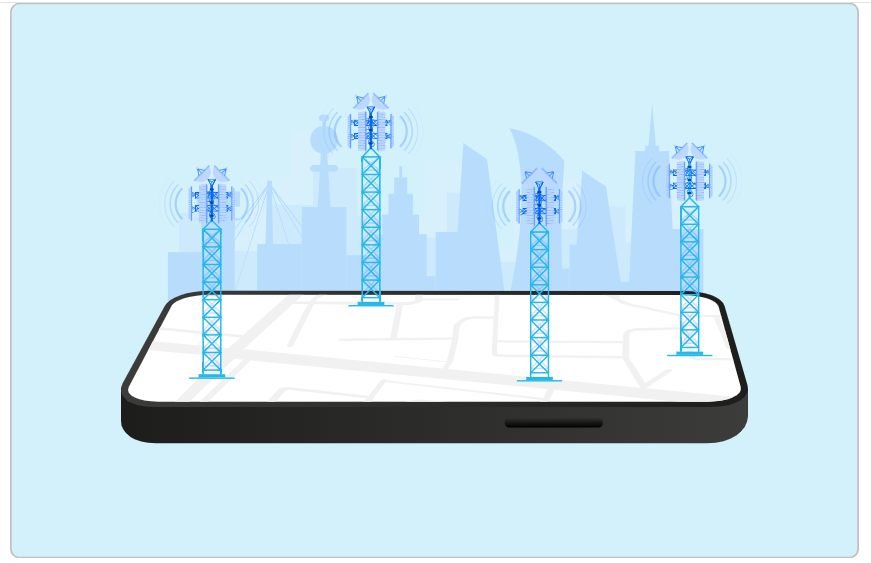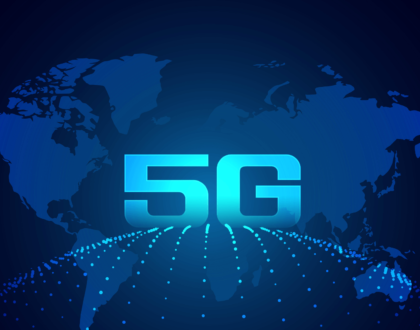Value-Added Services in Telecom: Models, Challenges and Solutions

Introduction:
Value-added services (VAS) play a pivotal role in the telecommunications industry, expanding beyond conventional voice calls, SMS, and data offerings. VAS enrich the user experience, increase top-line revenue, and enhance profit margins. Notable examples of VAS encompass caller tunes, astrology services, devotional content, contests, online games, and sports updates.
The VAS Value Chain:
- VAS Providers: These entities create content services tailored to specific regions and geographic locations.
- Developers: Responsible for crafting content and VAS applications, developers are essential in bringing these services to life.
- Content Aggregators: Acting as intermediaries, content aggregators collect applications and content from developers and distribute them in line with customers’ unique needs.
- Technology Enablers: These providers offer the essential technological infrastructure to access VAS services, forming the backbone of their availability.
- Handset Manufacturers: Handset manufacturers assume various roles, including embedding software links in mobile devices, enabling direct access to content portals and services.
- Mobile Operators: Mobile operators are crucial in offering the mechanisms needed to deliver content services to end-users.
Common VAS Service Models:
- Revenue Share Model: In this scenario, Mobile Operators are responsible for billing subscribers. Once customers or telecom subscribers begin using VAS services, the rating is performed by the Telecom Service Provider (TSP) in accordance with their subscription. The generated revenue is subsequently shared among the various entities within the value chain, operating under a revenue-sharing model.
- Direct Carrier Billing (DCB) Model: Tech giants like Apple and Google have a significant sphere of influence, encompassing a significant portion of the value chain elements. In this scenario, these industry titans establish direct agreements with mobile operators, with subscribers making payments directly to these giants, while the Telecom Service Provider (TSP) receives a smaller share of the revenue. This framework is commonly known as the Direct Carrier Billing (DCB) model.



